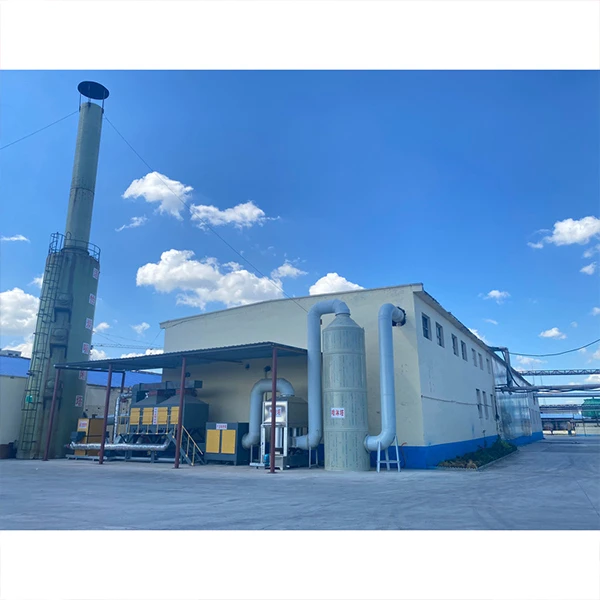Understanding HPMC Hydroxypropyl Methylcellulose
Hydroxypropyl Methylcellulose (HPMC) is a versatile cellulose ether derived from natural cellulose. It is widely used in various industries, including pharmaceuticals, food, cosmetics, and construction, due to its unique properties and functionalities. This article explores the structure, properties, applications, and benefits of HPMC, highlighting its significance in modern formulations.
Structure and Properties
HPMC is created through the chemical modification of cellulose, which is a natural polymer obtained primarily from wood pulp and cotton. The modification process involves the introduction of hydroxypropyl and methyl groups into the cellulose molecule. This alteration enhances its solubility in water and provides specific viscosity characteristics. The degree of substitution (DS) of these groups defines various grades of HPMC, affecting its solubility and thickening ability.
One of the key features of HPMC is its ability to form a clear solution in water, making it an excellent thickening and stabilizing agent. It is also non-toxic, biodegradable, and free from allergens, which makes it safe for use in consumer products. Notably, HPMC is free of animal-derived ingredients, making it suitable for vegetarian and vegan formulations.
Applications
1. Pharmaceuticals HPMC is extensively used in the pharmaceutical sector as an excipient in drug formulations. Its role includes acting as a binder, thickener, and controlled-release agent in tablet and capsule production. Due to its film-forming properties, it can also be used in coatings for tablets to improve their aesthetic appeal and stability.
2. Food Industry In the food industry, HPMC is utilized as a food additive. It acts as a thickener, emulsifier, and stabilizer, improving the texture and shelf life of various products. It is commonly found in sauces, dressings, and baked goods, where it helps to retain moisture and improve mouthfeel.
hpmc cellulose hydroxypropyl methyl

3. Cosmetics and Personal Care HPMC is used in a wide range of cosmetic formulations due to its emulsifying and thickening properties. It can be found in creams, lotions, shampoos, and other personal care products, providing a smooth texture and stability.
4. Construction In the construction industry, HPMC is incorporated into cement and mortar formulations. It improves workability and water retention, enhances adhesion, and extends the open time for application, leading to more efficient construction processes.
Benefits of HPMC
The use of HPMC brings several advantages across different applications
- Versatility HPMC can be formulated into various grades and viscosities, making it suitable for a wide range of products and applications. - Synergistic Effects When used with other excipients or additives, HPMC often exhibits synergistic effects, enhancing the overall performance of the formulation. - Environmental Safety As a cellulose derivative, HPMC is biodegradable and environmentally friendly, which is increasingly important in today’s market. - Stability HPMC offers stability under varying pH and temperature conditions, ensuring consistent performance in formulations.
Conclusion
Hydroxypropyl Methylcellulose (HPMC) embodies the perfect blend of natural origin and modern application. Its structural modification allows for enhanced properties, making it an invaluable ingredient across numerous industries. From delivering controlled drug release in pharmaceuticals to providing texture and stability in food and personal care products, HPMC plays a crucial role in everyday products that consumers rely on.
As industries continue to demand safer and more effective formulations, the importance of HPMC is likely to grow. Its versatility, safety profile, and functional benefits position it as a key component in the formulation of innovative and sustainable products. As research advances, its applications may expand even further, reinforcing HPMC's standing as a leading ingredient in many modern formulations.
-
The Application and Significance of Construction RdpNewsMay.19,2025
-
Industrial Grade HpmcNewsMay.19,2025
-
Building Coating Adhesive Building Coating Adhesive HpmcNewsMay.19,2025
-
Application Of Hpmc For Detergent For Detergent In DetergentsNewsMay.19,2025
-
Application Of Hpmc Cellulose In Cement-Based MaterialsNewsMay.19,2025
-
Application Of High Quality Hpmc For Construction In The Field Of ConstructionNewsMay.19,2025




